In AI’s Game of Thrones, don’t count out the upstarts.
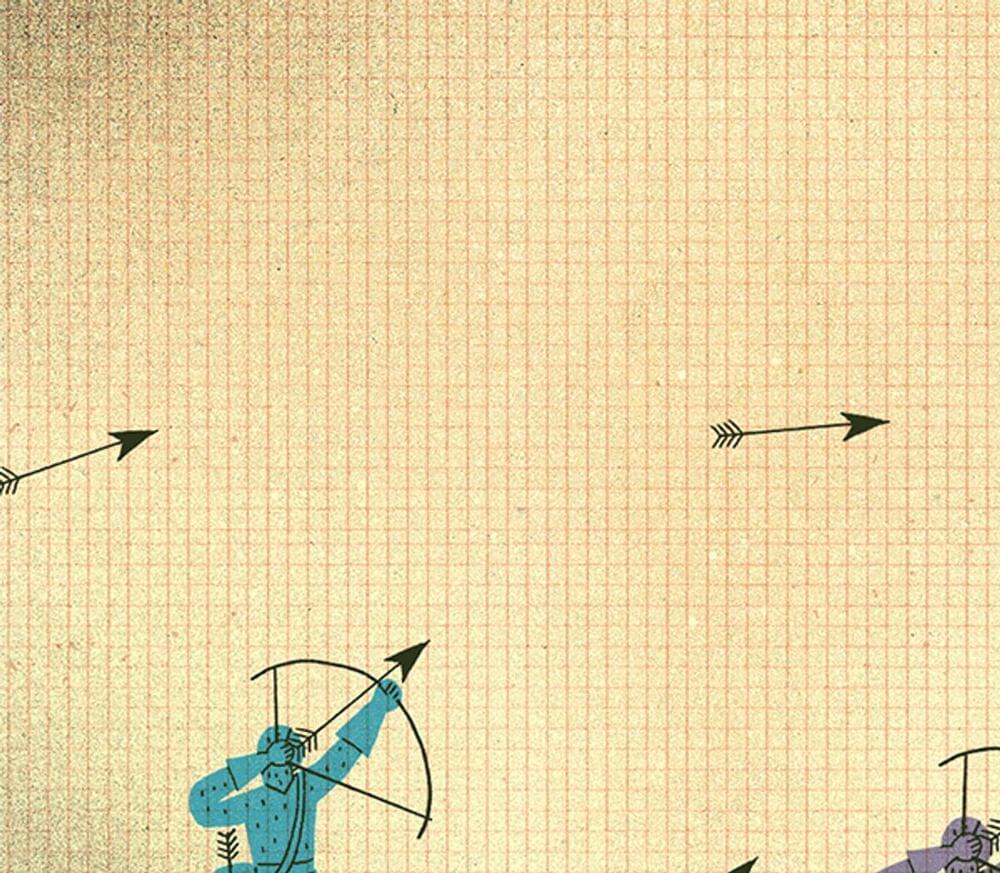


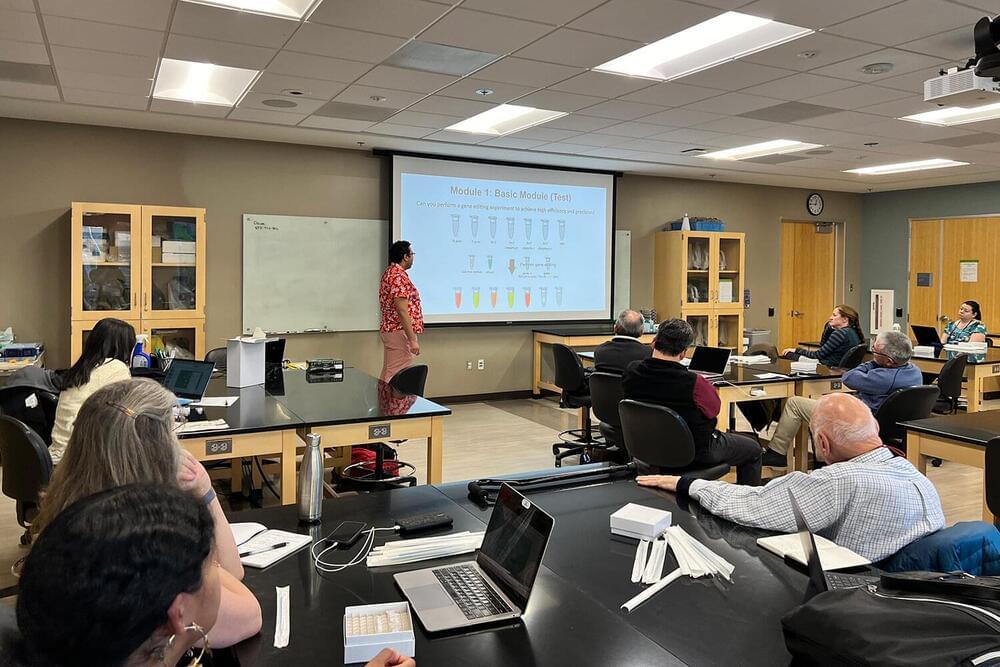
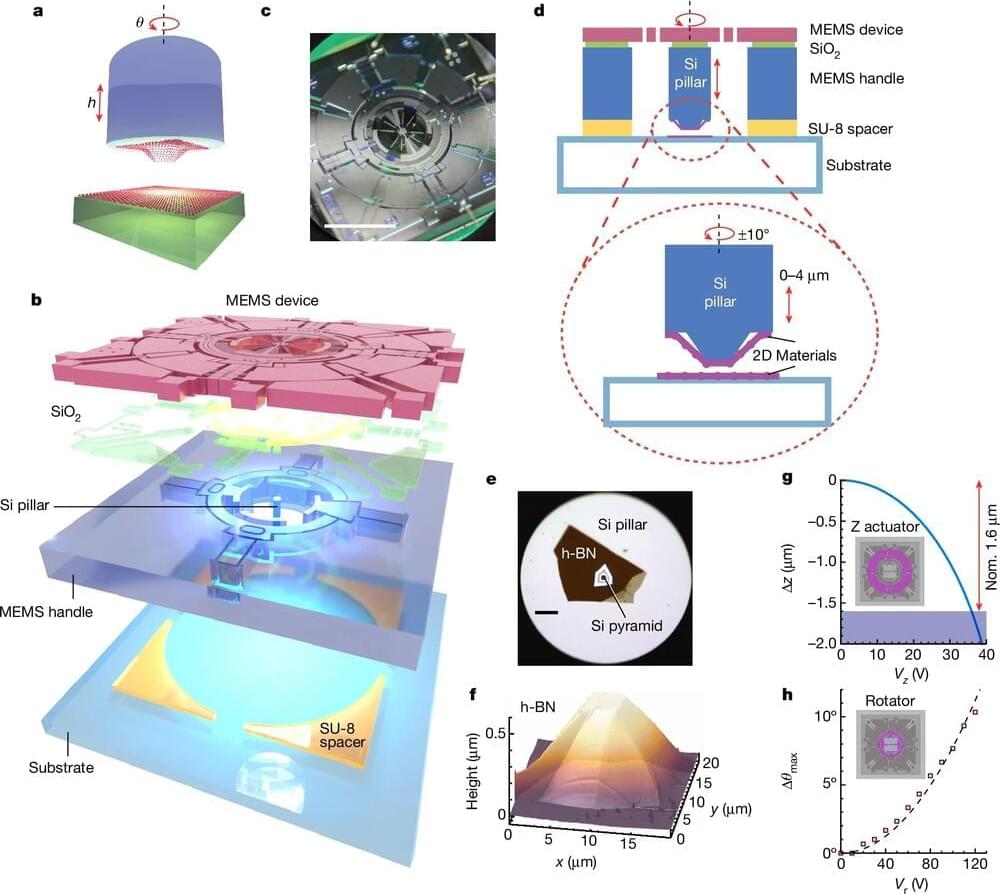
A discovery six years ago took the condensed-matter physics world by storm: Ultra-thin carbon stacked in two slightly askew layers became a superconductor, and changing the twist angle between layers could toggle their electrical properties. The landmark 2018 paper describing “magic-angle graphene superlattices” launched a new field called “twistronics,” and the first author was then-MIT graduate student and recent Harvard Junior Fellow Yuan Cao.
Together with Harvard physicists Amir Yacoby, Eric Mazur, and others, Cao and colleagues have built on that foundational work, smoothing a path for more twistronics science by inventing an easier way to twist and study many types of materials.
A new paper in Nature describes the team’s fingernail-sized machine that can twist thin materials at will, replacing the need to fabricate twisted devices one by one. Thin, 2D materials with properties that can be studied and manipulated easily have immense implications for higher-performance transistors, optical devices such as solar cells, and quantum computers, among other things.
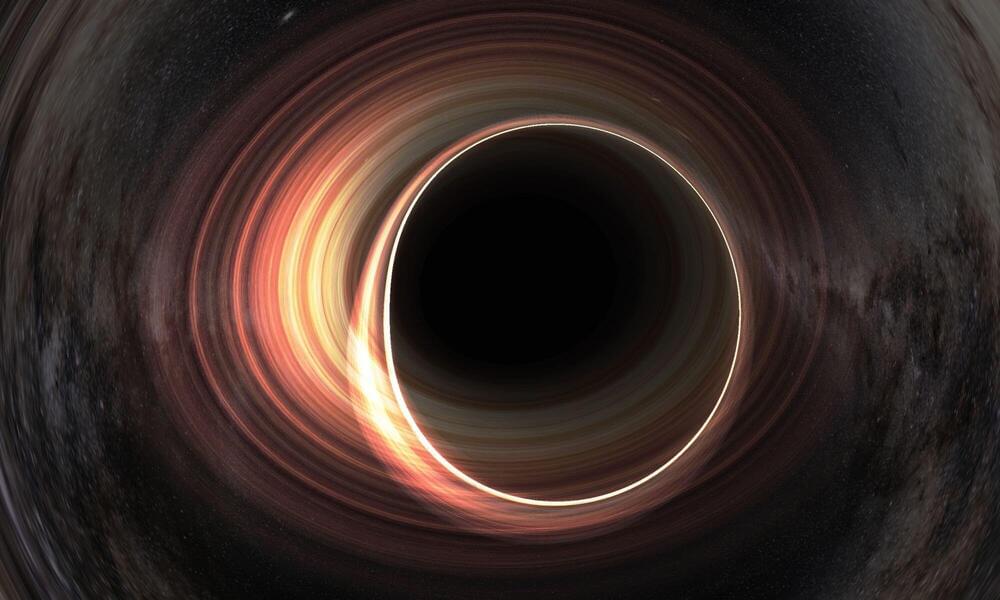
In 1971, English mathematical physicist and Nobel-prize winner Roger Penrose proposed how energy could be extracted from a rotating black hole. He argued that this could be done by building a harness around the black hole’s accretion disk, where infalling matter is accelerated to close to the speed of light, triggering the release of energy in multiple wavelengths.
Since then, multiple researchers have suggested that advanced civilizations could use this method (the Penrose Process) to power their civilization and that this represents a technosignature we should be on the lookout for.
Examples include John M. Smart’s Transcension Hypothesis, a proposed resolution to the Fermi Paradox where he suggested advanced intelligence may migrate to the region surrounding black holes to take advantage of the energy available.

Lithium-ion (or Li-ion) batteries are heavy hitters when it comes to the world of rechargeable batteries. As electric vehicles become more common in the world, a high-energy, low-cost battery utilizing the abundance of manganese (Mn) can be a sustainable option to become commercially available and utilized in the automobile industry.
Currently, batteries used for powering electric vehicles (EVs) are nickel (Ni) and cobalt (Co)-based, which can be expensive and unsustainable for a society with a growing desire for EVs.
By switching the positive electrode materials to a lithium/manganese-based material, researchers aim to maintain the high performance of Ni/Co-based materials but with a low-cost, sustainable twist.

Researchers have taken looking for love to a whole new level, revealing that different types of love light up different parts of the brain. We use the word ‘love’ in a bewildering range of contexts – from sexual adoration to parental love or the love of nature. Now, more comprehensive imaging of the brain may shed light on why we use the same word for such a diverse collection of human experiences.
‘You see your newborn child for the first time. The baby is soft, healthy and hearty – your life’s greatest wonder. You feel love for the little one.’
The above statement was one of many simple scenarios presented to fifty-five parents, self-described as being in a loving relationship. Researchers from Aalto University utilised functional magnetic resonance imaging (fMRI) to measure brain activity while subjects mulled brief stories related to six different types of love.

At Earth.com, our goal is to provide the internet with a homepage for anything and everything about our planet Earth and the environment.
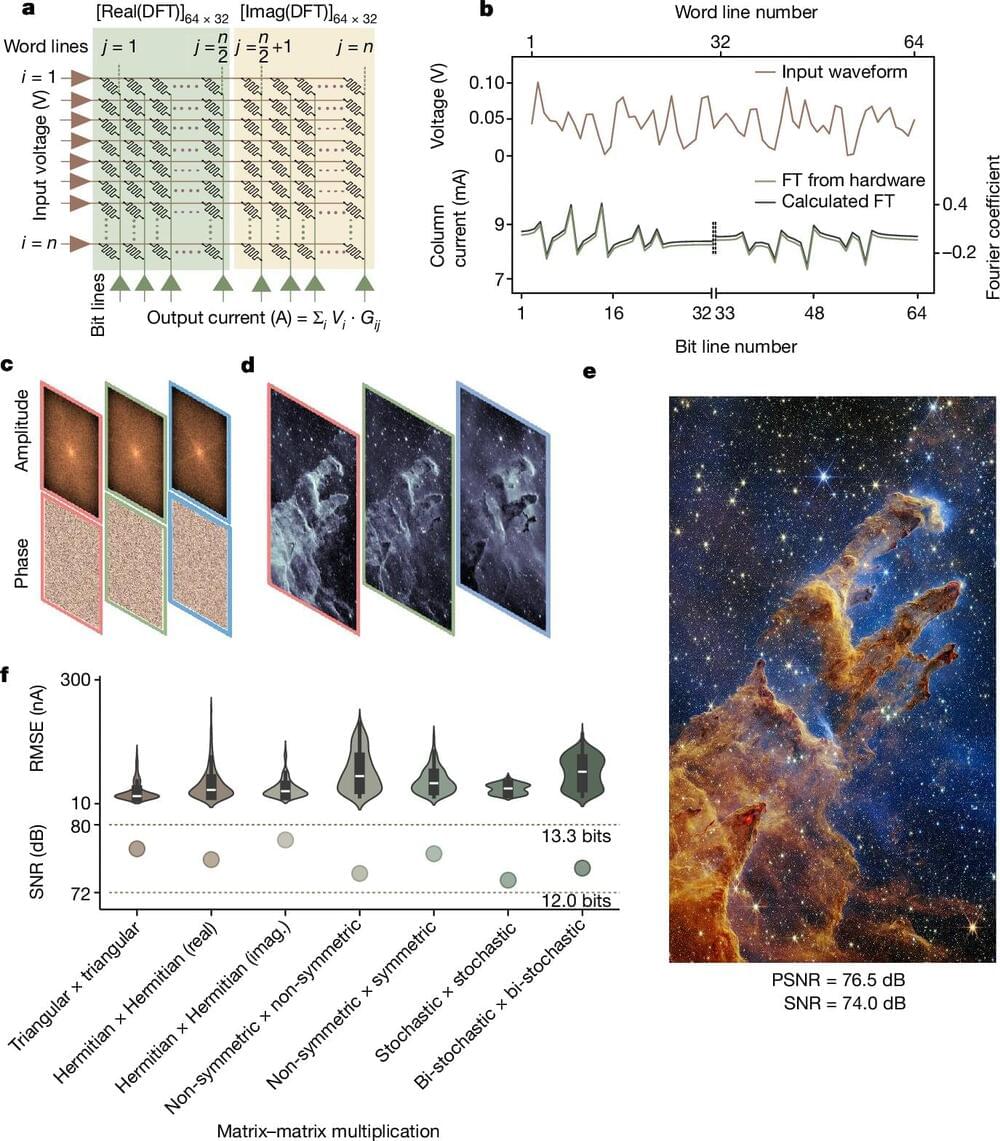
Researchers at the Indian Institute of Science (IISc) have developed a brain-inspired analog computing platform capable of storing and processing data in an astonishing 16,500 conductance states within a molecular film. Published today in the journal Nature, this breakthrough represents a huge step forward over traditional digital computers in which data storage and processing are limited to just two states.
Such a platform could potentially bring complex AI tasks, like training Large Language Models (LLMs), to personal devices like laptops and smartphones, thus taking us closer to democratizing the development of AI tools. These developments are currently restricted to resource-heavy data centers, due to a lack of energy-efficient hardware. With silicon electronics nearing saturation, designing brain-inspired accelerators that can work alongside silicon chips to deliver faster, more efficient AI is also becoming crucial.
“Neuromorphic computing has had its fair share of unsolved challenges for over a decade,” explains Sreetosh Goswami, Assistant Professor at the Centre for Nano Science and Engineering (CeNSE), IISc, who led the research team. “With this discovery, we have almost nailed the perfect system—a rare feat.”
